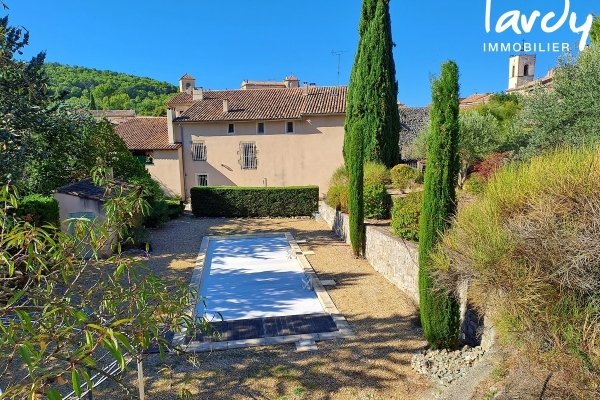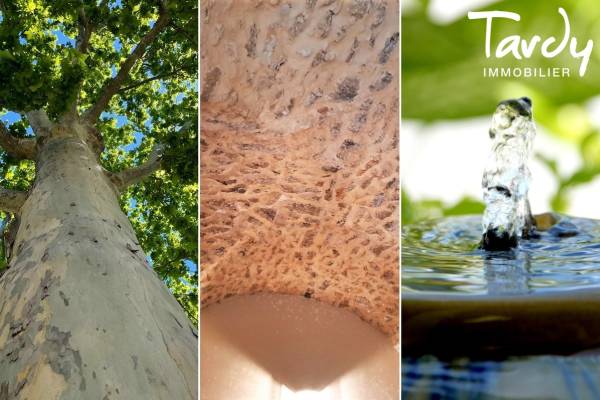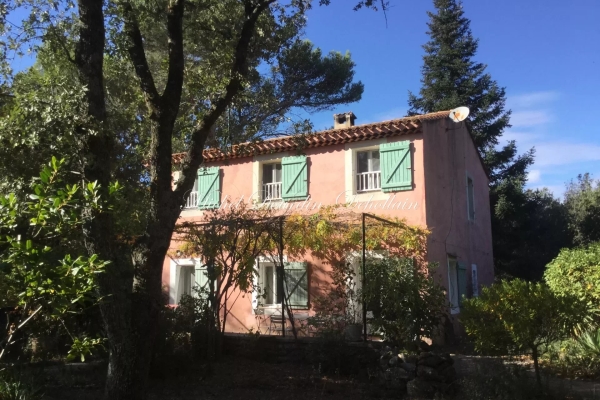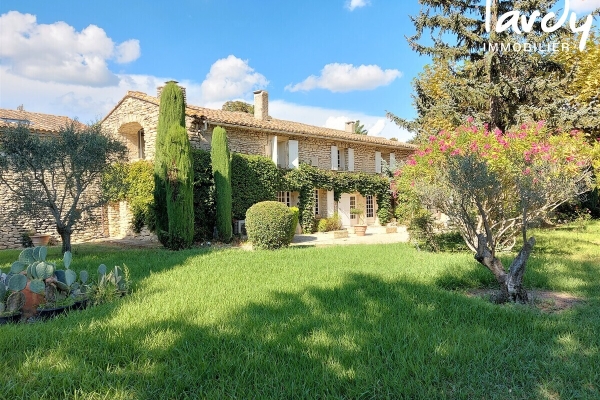St-Rémy-de-Provence, a blue-chip investment
The famous little town in the Alpilles which has inspired many artists, including Van Gogh, combines authenticity and elegance, tranquillity and quality of life... Criteria that guarantee the value of property investments here. Professionals fill in the details...
This lovely village in Provence offers old narrow streets, convents, chapels, magnificent old mansions built in the 17th and 18th centuries, often converted into art-galleries, shady squares with fountains, including Place Jean-Jaurès that unfailingly draws celebrities each and every summer. The history of Saint-Rémy goes back to ancient times : to the 3rd century BC, when the first stone was laid, under the rule of Julius Caesar in the era of realignment. “Easy access to the Regional Nature Park is a major asset : the motorways and TGV train station are within a 20-minute drive, and the airports of Marseille, Avignon and Nîmes, accounting for a considerable influx of North Europeans, 40 minutes away,” says Martine Vérots, of the Michaël Zingraf Real Estate group. The British are very fond of Maussane, Eygalières, Les Baux-de-Provence and Saint Rémy, a town on a human scale, home to 9,450 inhabitants and no less than 100 cafés, hotels and restaurants. Its cultural life follows a busy schedule, and its quality of life has been ranked second in Europe by an American magazine. Ultra-contemporary residences, costing from 2.5 to 3.5 milion euros, are rare, far outnumbered by so-called classic “mas”, or country houses, renovated and luxurious, offering living space of 350 m2 in grounds of about 2.5 acres, and ranging from 1.5 to 2.8 million euros. Village houses fetch from 800,000 to 1.5 million euros, beautiful villas in the countryside around 1.3 million.
“The crisis has had an impact on the market in Saint-Rémy, starting with a rise in the number of audacious and short-lived offers. Current prices do, however, reflect a downward correction of 10-15 %,” says Valérie Lucien of Actuel Immobilier. The vast majority of potential buyers are looking for homes of 200-220 m2 in perfect condition, opening out to gardens of 2,000 m2 with swimming pools, preferably within walking distance of the town centre, and in the 800,000 to 1.5 million euro bracket. Unfortunately, this commodity is hard to come by. Saint-Rémy naturally tops the list of prospective clients, though many are willing to consider nearby communes, which are all working hard to enhance their appeal. In opting for Maillane, Gravezon or Eyrague, buyers benefit from lower prices and are close to the TGV station, only 2 hrs 40 from Paris and 4 hrs 30 from Brussels. For some, the holiday home becomes their main residence thanks to today's evolution in telecommunications and the organization of professional activities. The market is relatively active, but still shows irregularities : for example, turnkey properties win all the votes, the “mas” of character in need of restoration still has its fans, while outdated homes built in the 1970’s, 1980’s or 1990’s are still struggling to find takers.
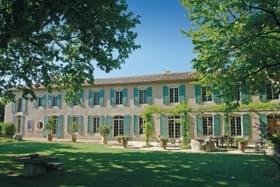
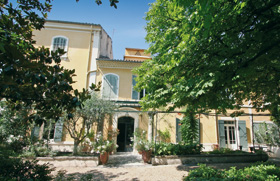

“The top end of the market ranges from 2 million euros - the price-tag on a house of 300 m2, rather recent and ready to move in, in grounds of about 2.5 acres -, to 8 million euros - a budget allowing for a “mas” of 500 to 1,000 m2 with manicured grounds of around 25 acres facing the Alpilles, in the guise of a luxurious country home or a working property producing wine or olives,” says Olivier Valancogne of Valancogne Partners. Some purchasers plan to pursue an activity, the majority are set on personal pleasure, without losing sight of long-term asset value and the “image” factor. In this case, the investment needs further security. And nothing could be better then a strategic address in the Regional Nature Park, just as renowned and highly esteemed as Saint-Rémy, followed by Eygalière and Saint-Etienne-du-Grès. Among international clients, the Russians and Chinese are noticeably absent, attracted more by the coast than the countryside. However, they could, in the future, show an interest in vineyard estates. The Alpilles and Luberon share similarities in terms of approach, expectations and budgets. One’s final choice then becomes a matter of personal preference.
By Laetitia Rossi
